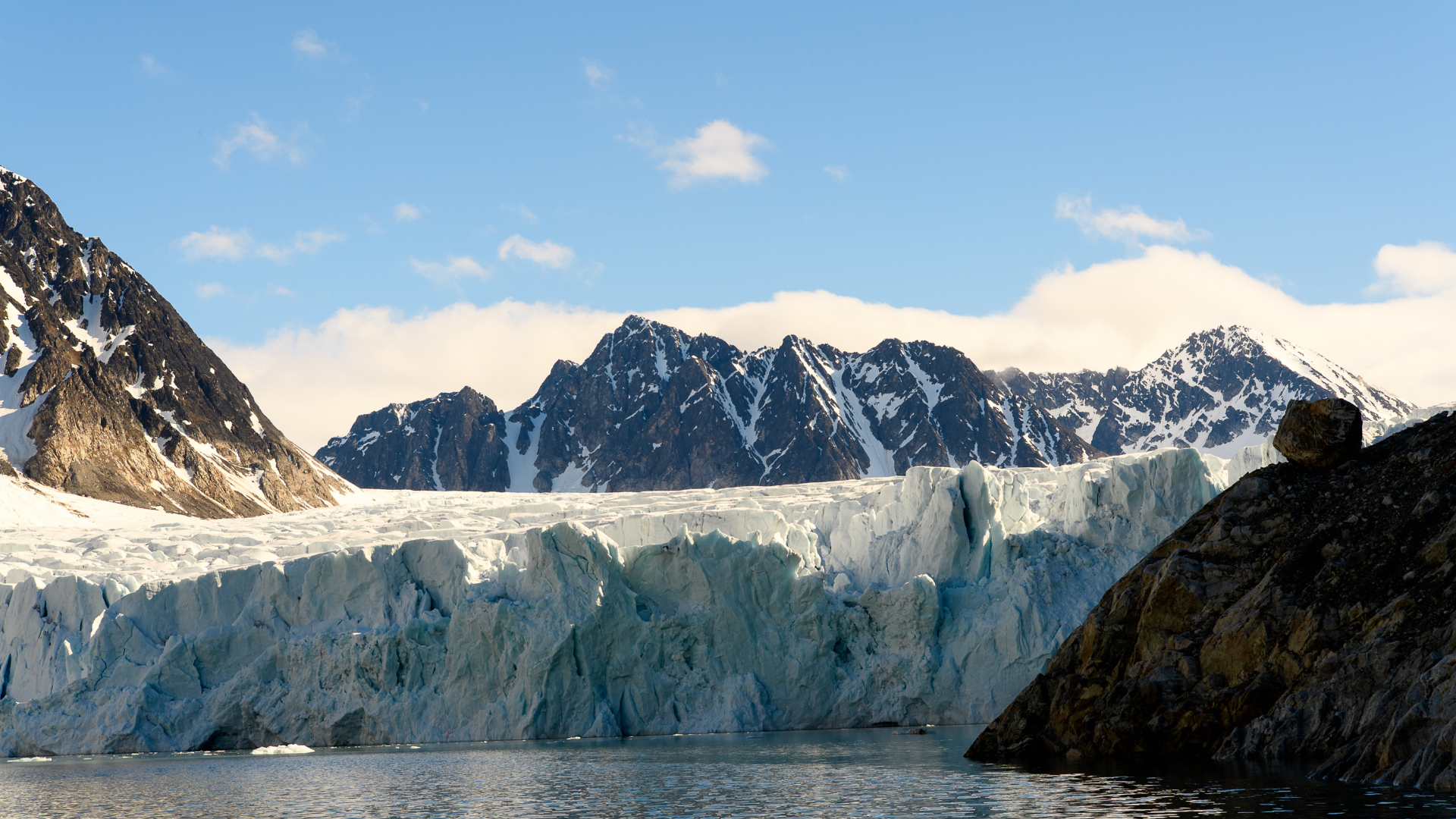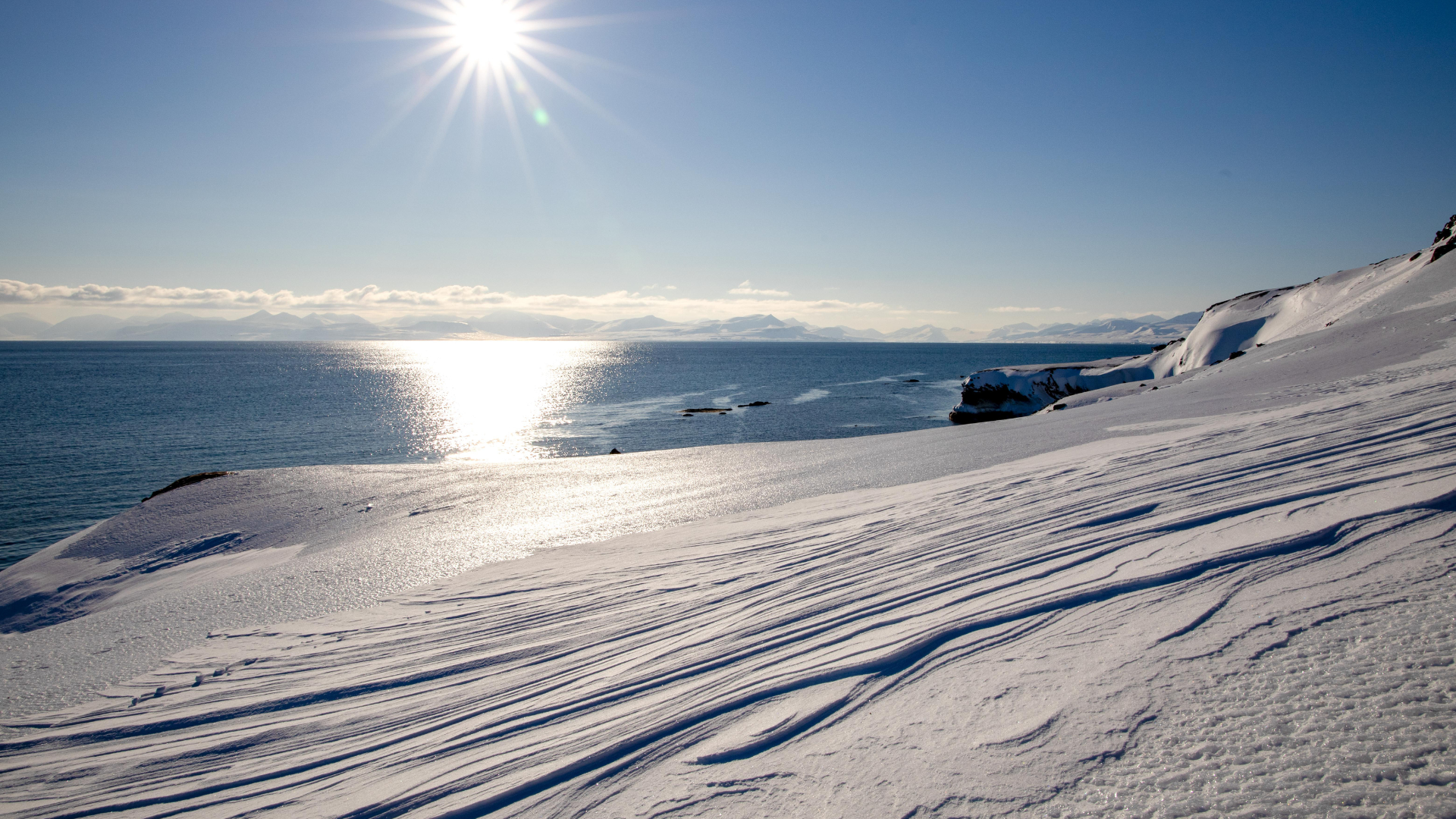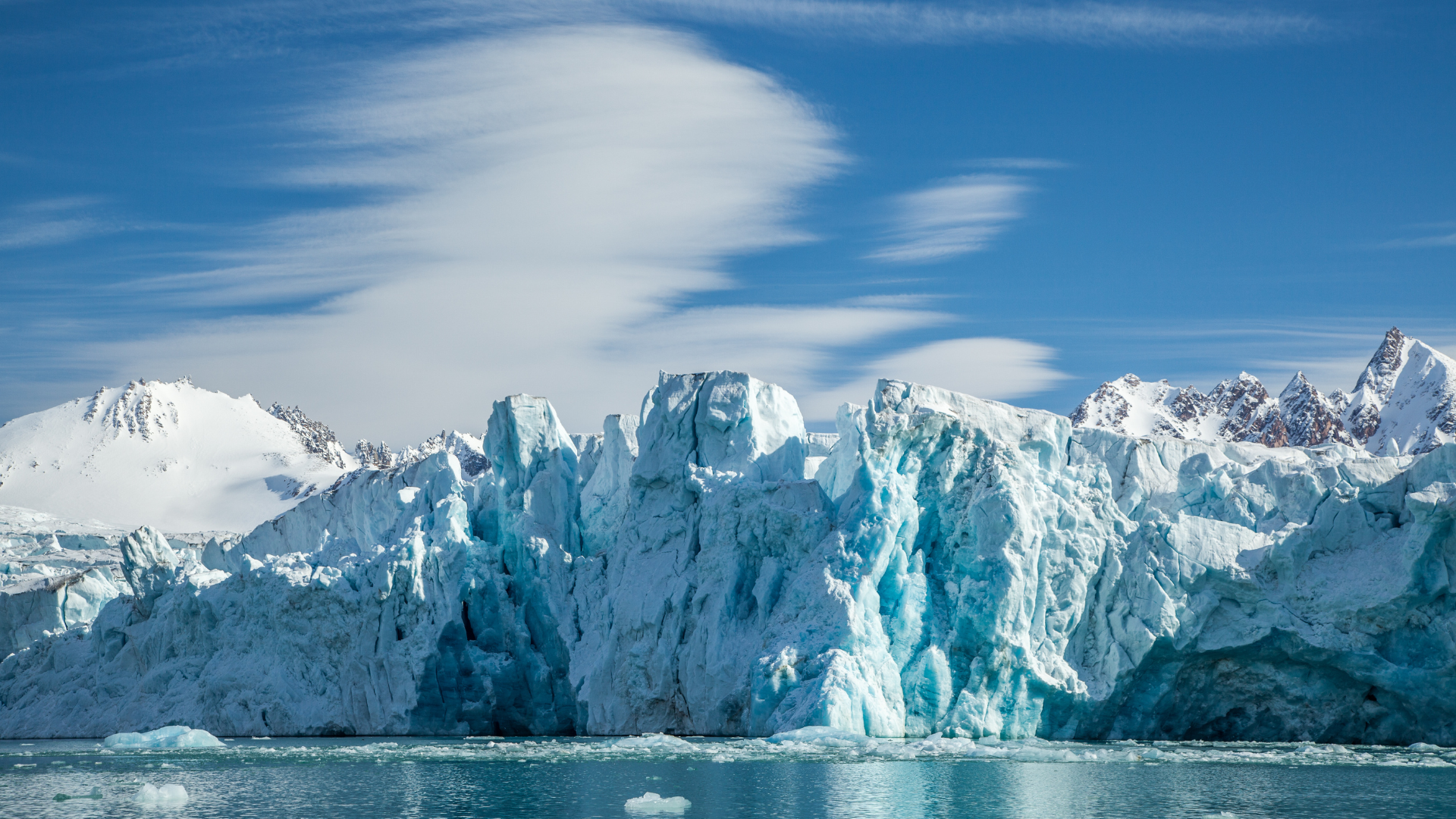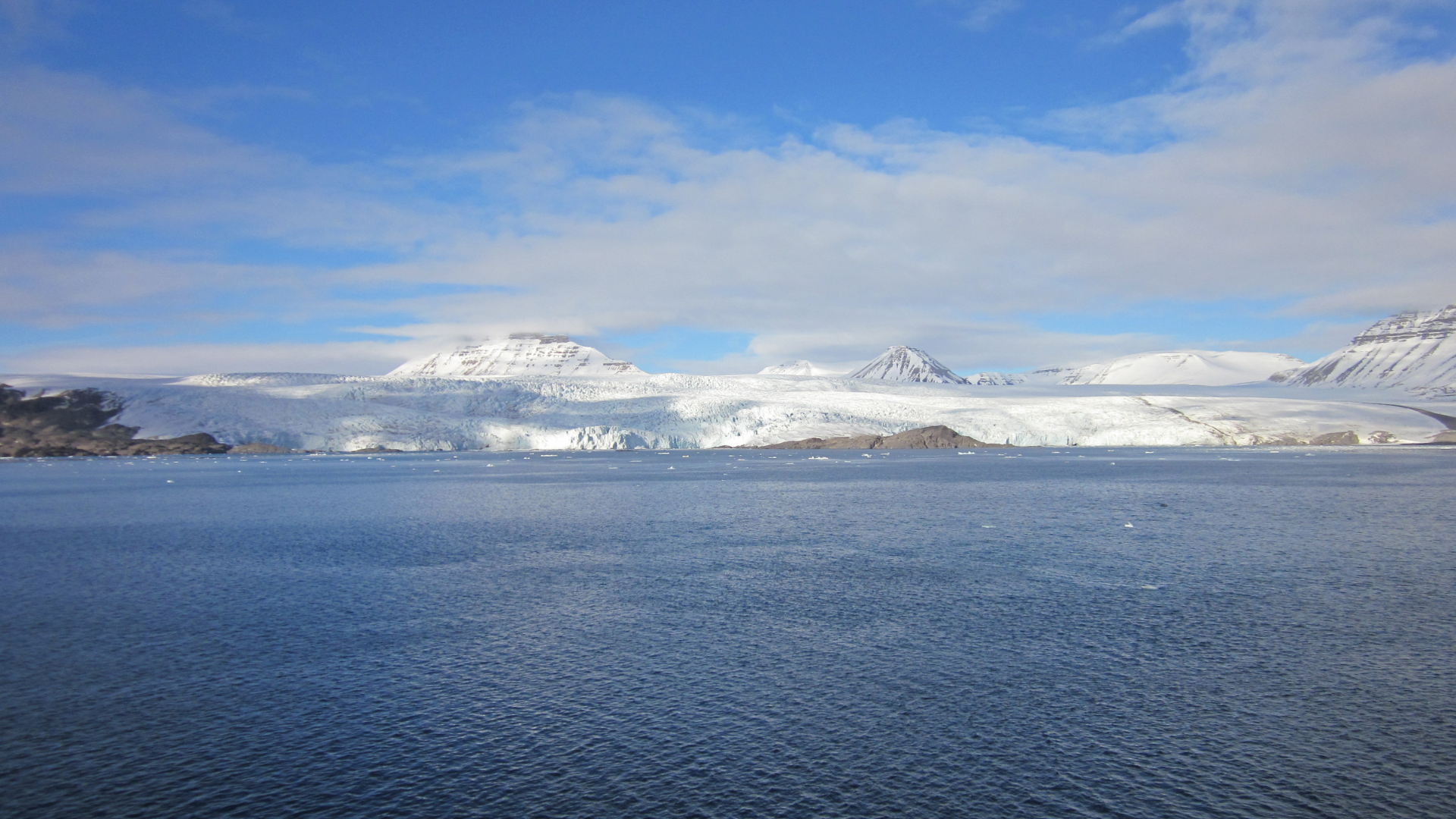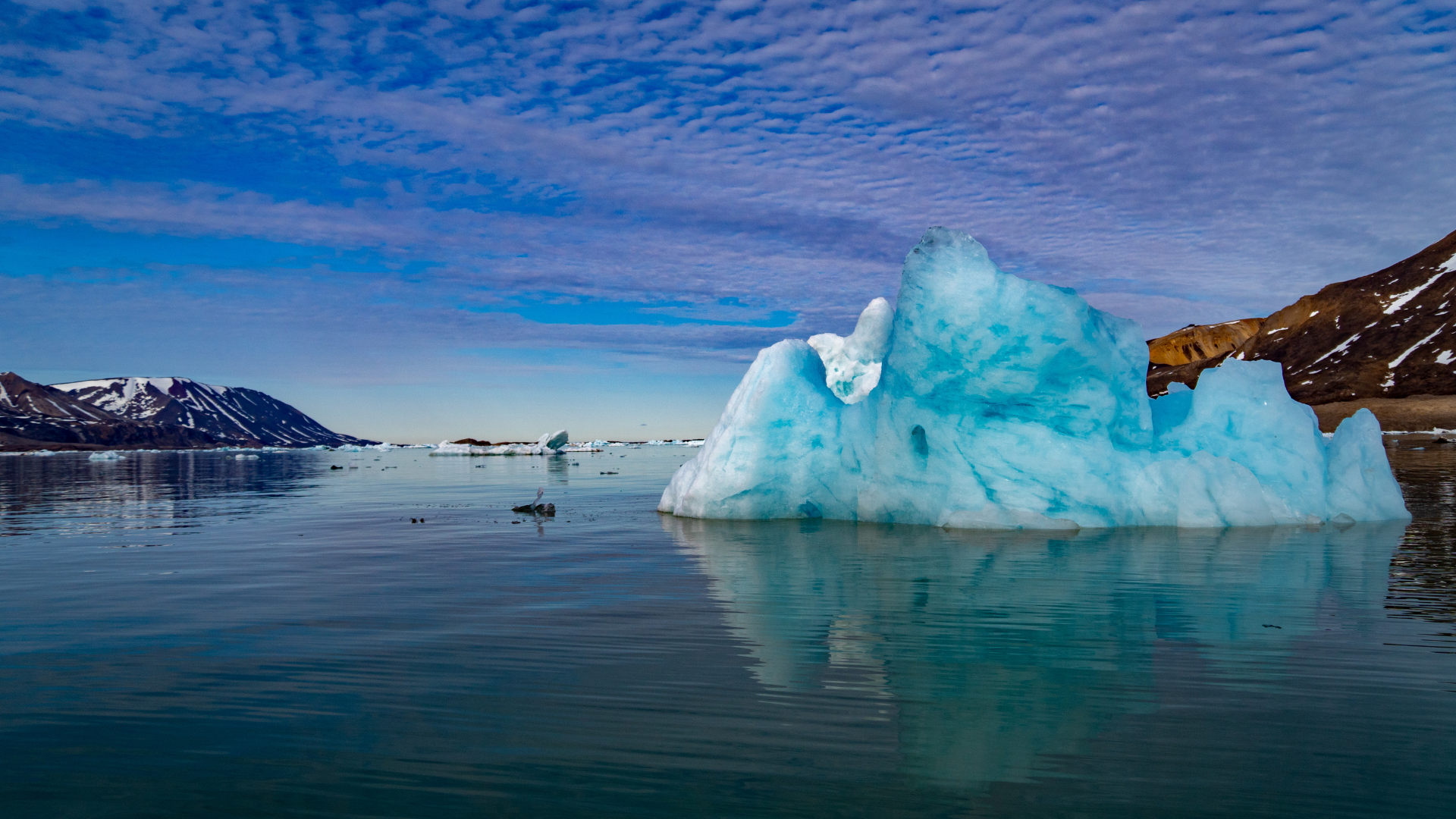Spitsbergen Isfjord: Facts
Spitsbergen Isfjord: Facts
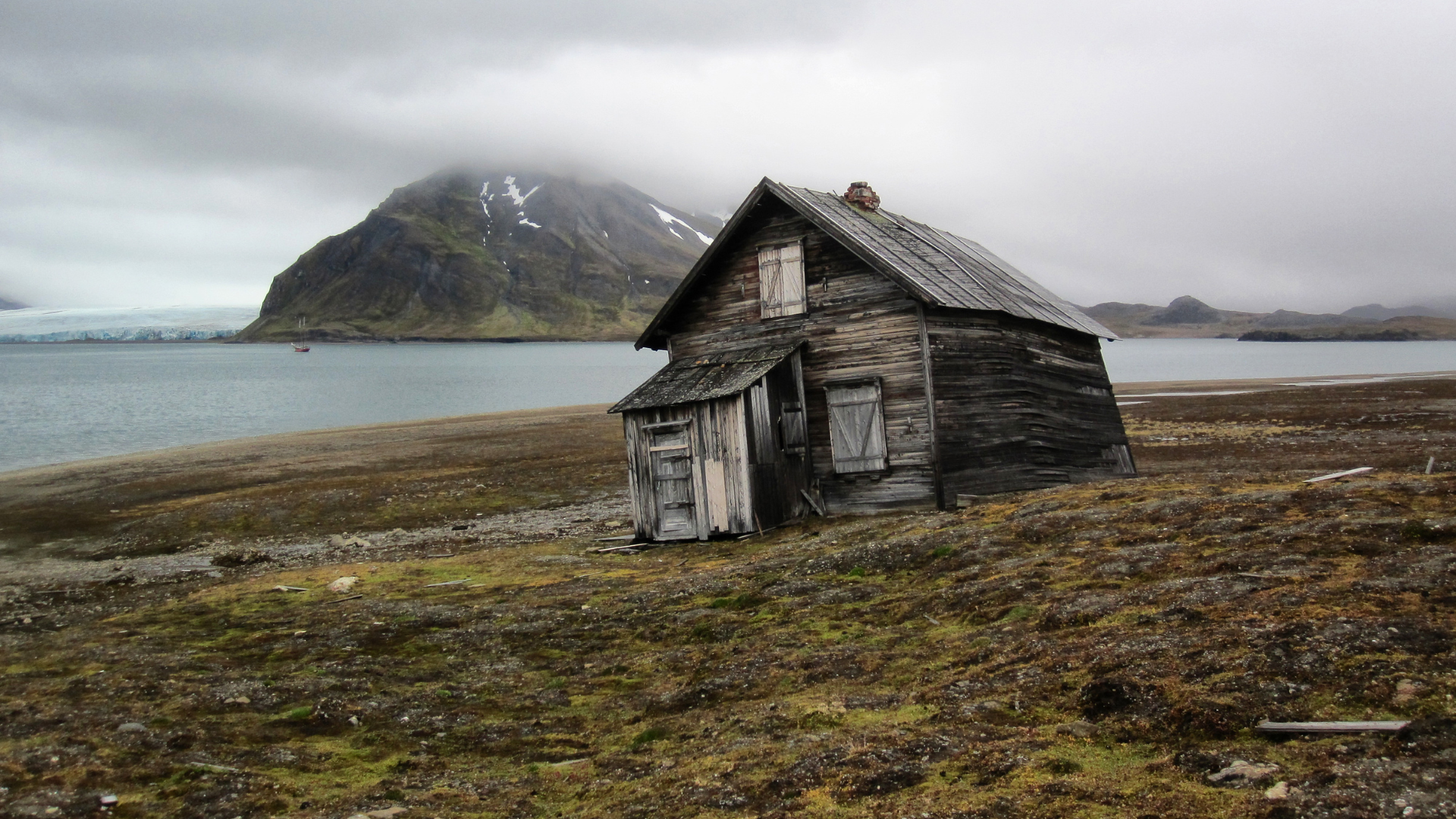
Isfjord, also known as the Ice Fjord, is one of the most significant and striking fjords in Spitsbergen, the largest island of the Svalbard archipelago. This vast fjord system stretches approximately 107 kilometers (66 miles) inland and is surrounded by stunning landscapes, rich wildlife, and historical sites. Here are some fascinating facts about Isfjord and its importance to Spitsbergen.
Isfjord is the second longest fjord in Svalbard and plays a crucial role in the region's geography and ecology. The fjord branches into several smaller fjords, including Adventfjorden, Billefjorden, and Nordfjorden, each with its unique features and attractions. The diverse landscapes around Isfjord range from steep, rugged mountains to expansive glaciers and tundra plains.
The fjord's name, Isfjord, translates to "Ice Fjord," reflecting the presence of glaciers that feed into it. These glaciers, such as the Nordenskiöld Glacier and the Esmark Glacier, are active and contribute to the dynamic environment of the fjord. Glacial calving, where chunks of ice break off and float into the fjord, is a common sight and adds to the dramatic scenery.
Isfjord is a vital habitat for a wide range of wildlife. The nutrient-rich waters support abundant marine life, including fish, seals, and whales. The fjord's shores and surrounding areas are home to numerous bird species, such as auks, puffins, and Arctic terns. Polar bears are also known to frequent the region, particularly in areas with significant sea ice.
The fjord has a rich human history, with evidence of past settlements and industrial activities. The town of Longyearbyen, the administrative center of Svalbard, is located at the head of Adventfjorden, a branch of Isfjord. Longyearbyen was established in the early 20th century as a coal mining town and has since evolved into a vibrant community and a hub for scientific research and tourism.
Historical sites around Isfjord include former whaling stations, mining camps, and trappers' cabins. These sites provide a glimpse into the challenging and often harsh conditions faced by early explorers and settlers. Some of these locations are preserved as cultural heritage sites, offering visitors a chance to learn about Svalbard's history and the people who lived and worked there.
Isfjord is also an important area for scientific research. The fjord's unique environment, influenced by both Arctic and Atlantic waters, makes it an ideal location for studying climate change, glaciology, and marine biology. Research stations and facilities in Longyearbyen and other parts of the fjord support a wide range of scientific projects, contributing to our understanding of the Arctic.
Tourism in Isfjord is a significant part of the local economy. Visitors to Svalbard often explore the fjord through boat tours, kayaking, and hiking excursions. These activities offer a chance to experience the stunning landscapes, observe wildlife, and visit historical sites. Sustainable tourism practices are emphasized to minimize the impact on the fragile Arctic environment.
The future of Isfjord, like much of the Arctic, is closely tied to the impacts of climate change. Rising temperatures and melting sea ice affect the fjord's ecosystems and the species that depend on them. Efforts to monitor and mitigate these changes are crucial for preserving the natural beauty and ecological integrity of Isfjord and the broader Svalbard region.
Isfjord is a remarkable and essential part of Spitsbergen, offering a unique combination of natural beauty, rich wildlife, historical significance, and scientific value. Protecting this incredible fjord and understanding its complexities are vital for ensuring that it remains a vibrant and thriving part of the Arctic landscape for generations to come.
